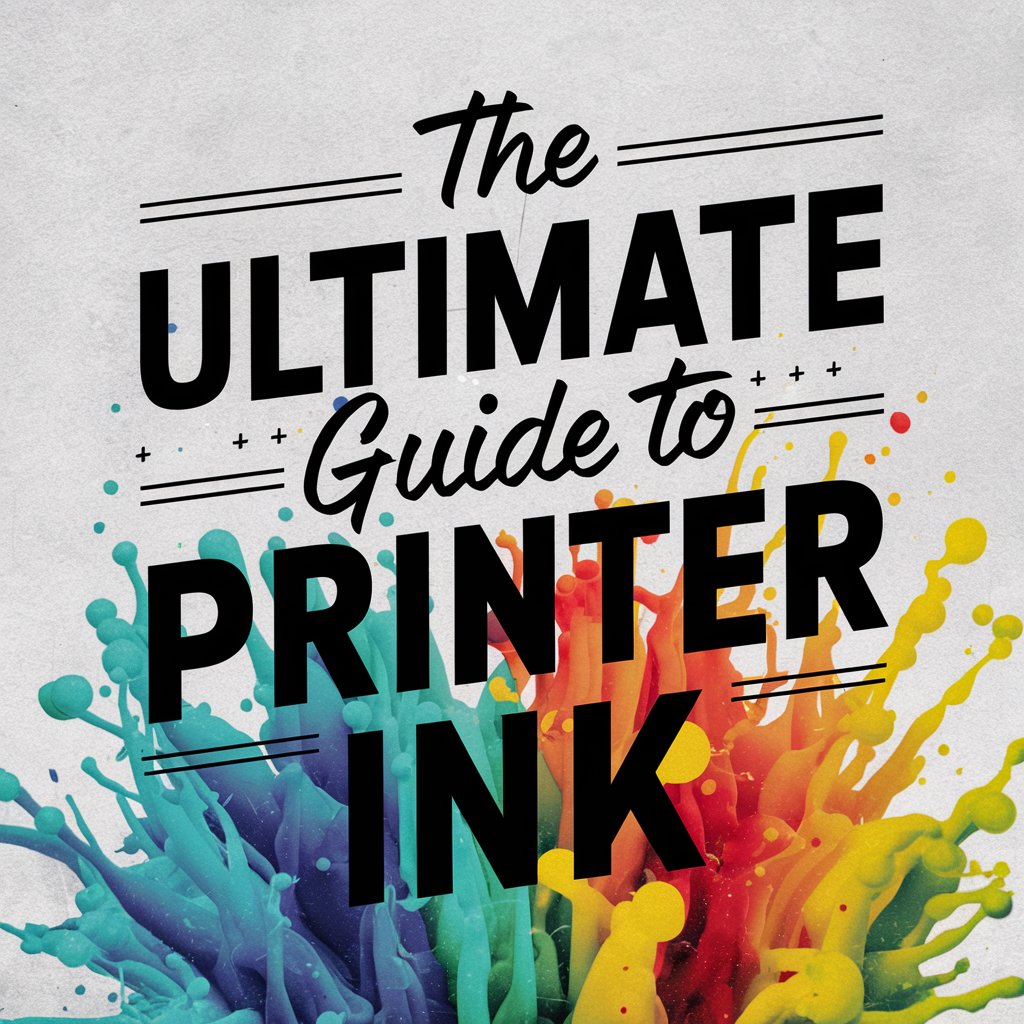Home renovation not only enhances your living experience but also the value of your house in the long term. Small changes like the replacement of old fixtures or the installation of energy-efficient appliances can make a noticeable difference.
Substantial, cost-saving upgrades are achievable with the help of the appropriate financing solutions. The homeowners can even stop delaying essential remodeling due to cost concerns.
Personal loans, home equity lines of credit, or government-supported financing programs are flexible alternatives that provide affordable ways to fund projects of any magnitude. Together with a correct financial approach, upgrades can enable you to escape the spirals of debt and take charge of the budget.
Prudent thinking and a solid understanding of your funding capabilities can unlock smart improvements that bring elements of style, function, and budget. Let’s take a closer look at how you can approach home improvements strategically and affordably.
1. Choosing the Right Home Project to Upgrade
The first thing to do in order to make smart and affordable renovations is to choose the appropriate home project to upgrade. Some upgrades will give you immediate comfort, whereas others focus on long-term value.
Here, the trick is to differentiate what projects offer the greatest impact without straining your budget. Even bigger upgrades can be accessible by exploring options for financing home services.
Let’s examine in detail some of the upgrades that are most popular, affordable, and that can produce a measure of value to your house and how to prioritize them based upon your objectives and ROI.
Popular Affordable Upgrades That Add Value
- Interior and Exterior Painting: Redoing walls with fresh paint may change and alter a space considerably, enhancing both aesthetics and atmosphere.
- Curb Appeal Improvements: Smaller modifications, such as the renovation of the front door, changing house numbers, or suggesting modern lighting, give a good first impression.
- Energy-Efficient Windows and Doors: Replacing old windows and doors increases insulation, lowers utility bills, and appeals to energy-conscious buyers.
- Minor Kitchen and Bathroom Updates: Budget-friendly improvements, such as new faucets, cabinet refacing, or a stylish backsplash, can modernize key spaces without a full remodel.
- HVAC System Upgrades: Upgrading an old HVAC system improves the quality of air, boosts energy efficiency, and adds value to the house in the long term.
- Landscaping and Outdoor Enhancements: Initiatives such as planting local flora, creating garden walkways, or installing outdoor lounge space offer aesthetic appeal and a strong return on investment.
Budget vs. ROI Considerations
Selecting a suitable project requires a careful balance between personal comfort and potential return on investment. The most rewarding projects are those that are functional yet attractive to the eye.
With ROI calculators and home improvement estimators, it is now simpler to establish realistic expectations and make wiser budgetary choices. When you invest in upgrades that payback on both fronts, as in lower utility bills and higher home value, it can be more profitable in the long term financially.
A well-designed renovation will not only assist you in improving your space but will also enable your property to shine in the real estate market.
2. Assessing Your Financial Readiness
Before you take a dip into a home improvement project, it is important to know where you stand financially. Provided you plan things out right, you can not only avert the risk of overspending, but you will also stand a better chance of negotiating the best financing terms available.
The two main processes in this procedure are:
- Setting a Realistic Budget
A proper home improvement starts with a definite budget. To begin with, first decide on what you can afford regarding your monthly income, savings, and other current expenses. Make sure the cost of remodeling does not interfere with the significant financial needs.
Set a project limit and break it into sections: labor, materials, permits, and any other miscellaneous costs. You should consider a 10-20 percent contingency fund in case of unforeseen expenses such as delays, structure repair costs or changing prices.
A well-padded budget allows your project to stay on track without the need to take out emergency loans or dig into the savings that are set aside for other goals.
- Credit Score and Debt-to-Income Ratio
Your credit score and debt-to-income (DTI) ratio are two very significant factors that lenders analyze when granting you a loan to finance home services. A strong credit score will assist you in obtaining better interest rates and more favorable loan terms.
Typically, scores are usually expected to be above 700, although most financing programs are also flexible concerning the mid-range scores. Your DTI ratio, or the amount of income that you spend on existing debt, determines your potential to take on new financial commitments.
Keeping track of your credit and DTI is not only helpful in approval but also limits the financial unsustainability of your renovation.
3. Top Financing Options for Home Upgrades
The correct approach to financing your home project can make all the difference between staying within budget and feeling financially strained. Luckily, there is a range of financing options that essentially cater to varying sizes of projects, credit profiles, and financial objectives.
Here is a breakdown of the most popular solutions and when they are most suitable.
- Home Equity Loan or HELOC
Home equity loans or Home Equity Line Of Credit (HELOC) can be useful options for homeowners who have considerable equity.
- Pros: These alternatives are typically available at lower interest rates compared to unsecured loans and offer both fixed and variable rates.
- Cons: They require using your home as collateral, which means that not paying the installment could put your property at risk.
- Best for: Large-scale renovations or remodels costing over $10,000.
- Personal Loans
A personal loan is an unsecured product that is not tied to home equity or collateral.
- Pros: It is convenient due to fixed terms of repayment and quick approval.
- Cons: The interest rates are usually higher than secured loans.
- Best for: Medium-sized projects where speed and simplicity are key.
Affordable Doesn’t Mean Impossible
Turning your vision for a better home into reality doesn’t have to come with financial stress. With the right financing strategy, even ambitious upgrades can be within reach.
Choosing projects that offer lasting value, setting a realistic budget, and selecting the most suitable financing option can help you improve your home without compromising your financial health.
Taking time to understand your options, whether it’s a personal loan, home equity solution, or a low-interest credit offer, empowers you to make informed, confident decisions.
Ready to finance your next home upgrade?
Begin by calculating your budget and comparing loan options that align with your goals. A better home is possible and more affordable than you think.



